By CAMPSUGGEST Cloud Media | Technocrat’ Magazine
October 21, 2025
In a heartbreaking turn of events that has cast a shadow over Diwali celebrations, Bollywood bids a tearful farewell to one of its most cherished comic geniuses. Veteran actor Govardhan Asrani, fondly known simply as Asrani, passed away on October 20, 2025, at the age of 84 after a prolonged illness. Admitted to Bharatiya Arogya Nidhi Hospital in Mumbai’s Juhu area four days prior due to fluid accumulation in his lungs, Asrani breathed his last around 3:30 PM, mere hours after sharing warm Diwali wishes with fans on Instagram.
His funeral rites were quietly performed at Santacruz Crematorium the same evening, leaving the film fraternity and admirers worldwide in collective mourning.
Asrani’s death marks the end of an era for Bollywood comedy, where his impeccable timing, expressive eyes, and subtle humor turned even brief roles into unforgettable spectacles. From the eccentric jailer in Sholay to the bumbling friend in countless Hrishikesh Mukherjee classics, Asrani’s Bollywood career spanned over five decades, enchanting audiences across generations.
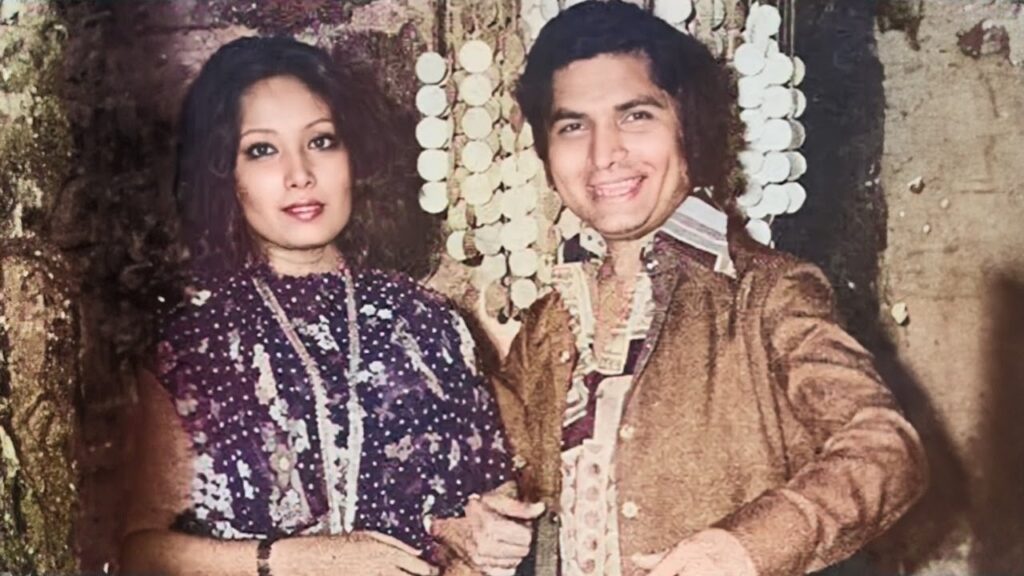
Tributes have poured in from stars like Akshay Kumar, Anupam Kher, and director Ramesh Sippy, who called him “born to play the jailor in Sholay – a role that will never be forgotten.” As we delve into his extraordinary life, let’s celebrate the man who made laughter his legacy, with heartfelt condolences from YTC Ventures and Technocrat Magazine.
A Short Biography: From Jaipur’s Carpet Shop to Bollywood’s Comic Crown
Born on January 1, 1941, into a middle-class Sindhi Hindu family in Jaipur, Rajasthan, Govardhan Thakurdas Jethanand Asrani grew up in a household far removed from the glitz of cinema. His father, a Partition refugee, ran a modest carpet shop, but young Asrani harbored no interest in business – especially mathematics, which he openly despised. With four sisters and three brothers, he completed his matriculation at St. Xavier’s School before stumbling into the world of performance.In 1960, Asrani trained under theatre stalwart Sahitya Kalbhai Thakkar and began voicing for All India Radio. Drawn to Mumbai’s magnetic pull, he arrived in 1962, initially scraping by as an acting teacher at the Film and Television Institute of India (FTII) in Pune.
A chance recommendation from Hrishikesh Mukherjee led him to formal training at FTII from 1964 to 1966. His big break came in 1967 with a lead role in the Gujarati film Gunsundari, opposite actress Waheeda Rehman (no relation to the Hindi icon). That same year, he debuted in Hindi cinema with a small part in Hare Kanch Ki Choodiyan, playing Biswajit’s friend.Asrani’s trajectory skyrocketed in the 1970s, fueled by his friendship with superstar Rajesh Khanna. After collaborating on Bawarchi (1972), Khanna insisted on casting him in 25 films as the comic sidekick.
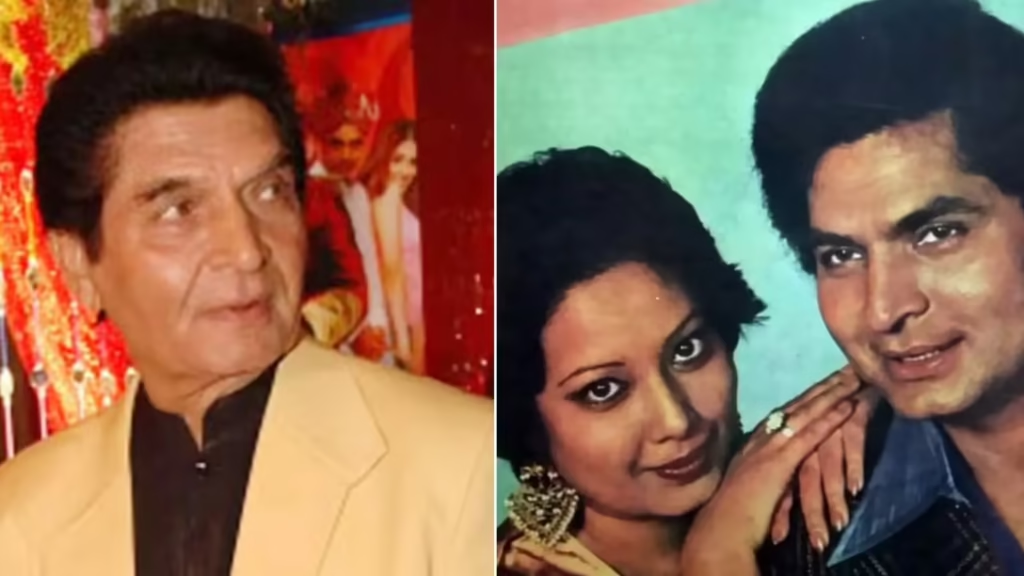
A versatile performer, Asrani directed six films (1974–1997), including the Gujarati hit Amdavad No Rikshawalo, and served as FTII director from 1988 to 1993. He also dabbled in production and investments, though a 1991 setback in cloth ventures tested his resilience.Married to actress Manju Bansal since the 1970s – a romance sparked on the sets of Aaj Ki Taaza Khabar and Namak Haraam – the couple shared the screen in films like Tapasya and Chandi Sona. With no children, Asrani leaves behind his wife, a sister, and nephew Ashok, who confirmed the news. His life was a testament to quiet determination: from radio voice to over 350 films, he embodied the enduring spirit of Indian cinema.
Asrani’s Net Worth: A Modest Fortune Built on Laughter and Legacy
Asrani’s financial journey mirrored his unassuming persona – steady, diverse, and far from ostentatious. Estimates peg his net worth at the time of death between ₹20–25 crore (approximately $2.4–3 million USD), accrued from a prolific career in films, television, advertisements, and Gujarati cinema royalties.
Earlier projections for 2025 had speculated up to $25 million, factoring in residuals from blockbusters like Sholay (still a cultural juggernaut 50 years on) and recent cameos in Dream Girl 2 (2023). However, conservative estimates align with the ₹20–25 crore figure, reflecting income from over 350 films, TV serials, stage plays, and endorsements.
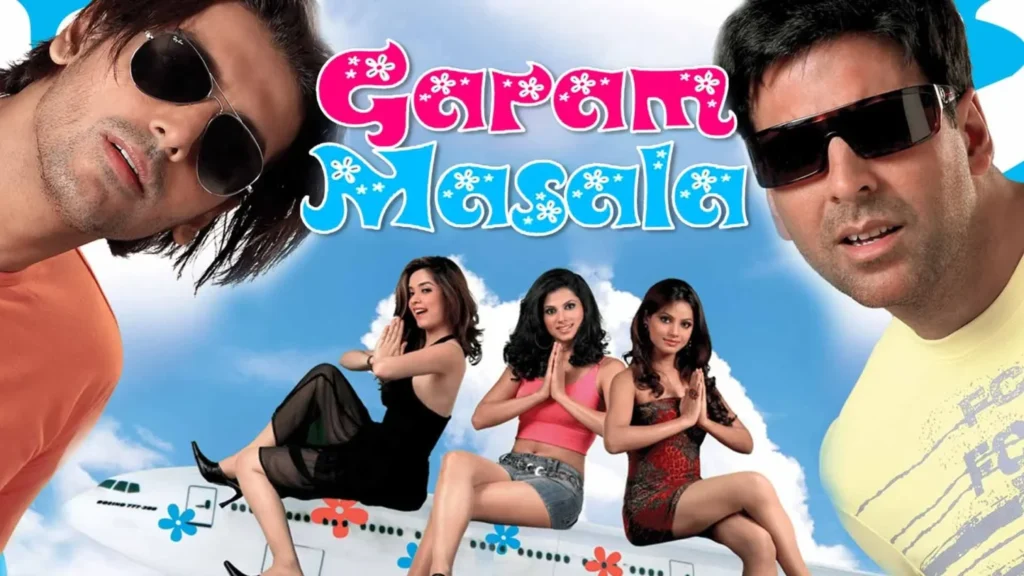
Asrani’s wealth wasn’t flashy; he invested wisely in Gujarati productions and mentored emerging talents. Post-1991 losses in textiles, he rebuilt through consistent work, including a “second innings” in Priyadarshan comedies.
His estate, including Mumbai properties and film rights, will likely support his family’s quiet legacy. In an industry of extravagance, Asrani’s fortune was a quiet reward for decades of joy.
Asrani’s Movies: A Prolific Career Spanning 350+ Films and Unmatched Versatility
With a filmography boasting over 350 Hindi films and dozens in Gujarati, Asrani was Bollywood’s ultimate ensemble player. He evolved from leads in regional cinema (1972–1984) to comic sidekicks (1970s–1990s) and character roles in modern hits (2000s onward).
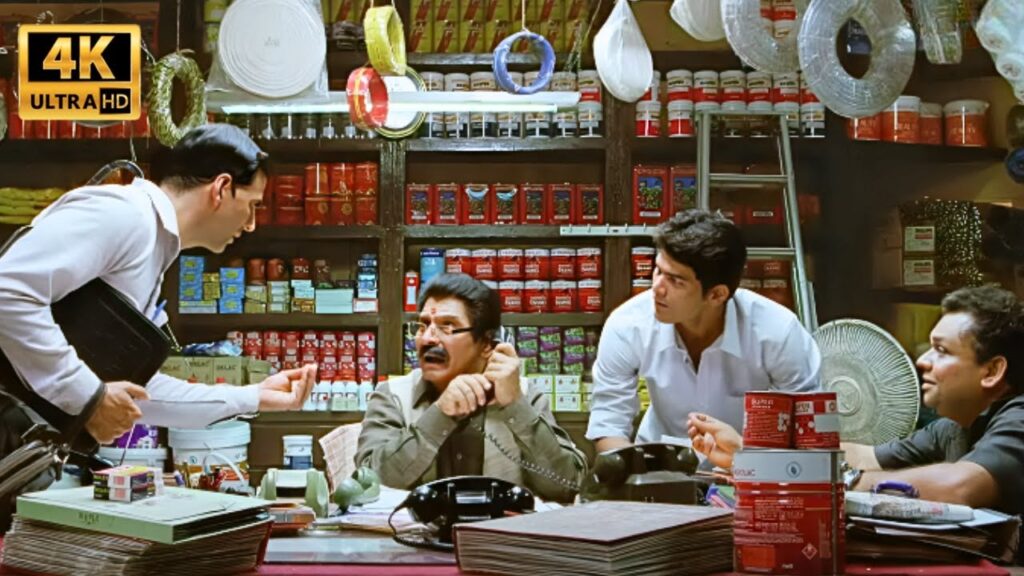
Directors like Hrishikesh Mukherjee (10+ films), Basu Chatterjee, and Priyadarshan were his muses, while collaborations with Rajesh Khanna, Amitabh Bachchan, and Akshay Kumar defined eras.Here’s a curated table of Asrani’s most notable Bollywood movies, highlighting his diverse roles:
| Era | Movie Title (Year) | Role Highlights | Why Iconic |
|---|---|---|---|
| Debut (1960s) | Hare Kanch Ki Choodiyan (1967) | Friend to lead actor Biswajit | Entry into Hindi cinema; small but promising start. |
| Breakthrough (1970s) | Bawarchi (1972) | Comic sidekick to Rajesh Khanna | Kickstarted 25-film Khanna-Asrani duo; Filmfare nod. |
| Namak Haraam (1973) | Supporting comic in labor drama | Deepened Khanna friendship; award-winning timing. | |
| Chupke Chupke (1975) | Prashant Kumar/Sharma (impersonation chaos) | Filmfare Best Comedian; hilarious mistaken identities. | |
| Sholay (1975) | Jailer (Hitler-inspired caricature) | Eternal classic; “Aadhe idhar ke aadhe udhar” scene. | |
| Aaj Ki Taaza Khabar (1974) | Champak Boomia/Amit Desai | Filmfare Best Comedian win; satirical newsroom farce. | |
| Balika Badhu (1976) | Supporting in coming-of-age tale | Second Filmfare for comedy; subtle emotional depth. | |
| Amar Akbar Anthony (1977) | Street-smart friend | Multi-starrer mayhem; synced with Bachchan’s energy. | |
| 1980s–1990s | Kaamchor (1982) | Lead comic in youth drama | Rare leading man role; youth anthem vibes. |
| Jo Jeeta Wohi Sikandar (1992) | Coach Rastogi (supporting) | Aamir Khan classic; motivational comic edge. | |
| Gharwali Baharwali (1998) | Dual-role hilarity | David Dhawan comedy revival; family farce gold. | |
| 2000s Revival | Hera Pheri (2000) | Baburao Ganpatrao (Babu Bhaiya’s brother) | Priyadarshan magic; “Yeh Babu Rao ka style hai” memes. |
| Hulchul (2004) | Laxmibai’s father | Ensemble comedy; chaotic family feuds. | |
| Garam Masala (2005) | Mambo (Mamu) | Akshay Kumar riot; airport mix-up gold. | |
| Bhagam Bhag (2006) | Chaturvedi (hotel owner) | International comedy caper; slapstick perfection. | |
| Dhamaal (2007) | Narsin (criminal) | Road-trip frenzy; animal chase hilarity. | |
| Bhool Bhulaiyaa (2007) | Batukshankar Upadhyay | Horror-comedy gem; ghostly antics. | |
| Recent Hits (2010s–2020s) | Khatta Meetha (2010) | Chaudhari (landlord) | Akshay’s satirical take; bribe-busting laughs. |
| Bol Bachchan (2012) | Himself (meta cameo) | Abhishek Bachchan spoof; self-referential wit. | |
| Dream Girl 2 (2023) | Supporting in Ayushmann comedy | Final bow; voice-modulation nods to his radio roots. |
This isn’t exhaustive – Asrani appeared in 101 films alone from 1970–1979 – but it captures his arc from Mere Apne (1971) debut support to Bhooth Bangla (upcoming 2026, his last slated role).
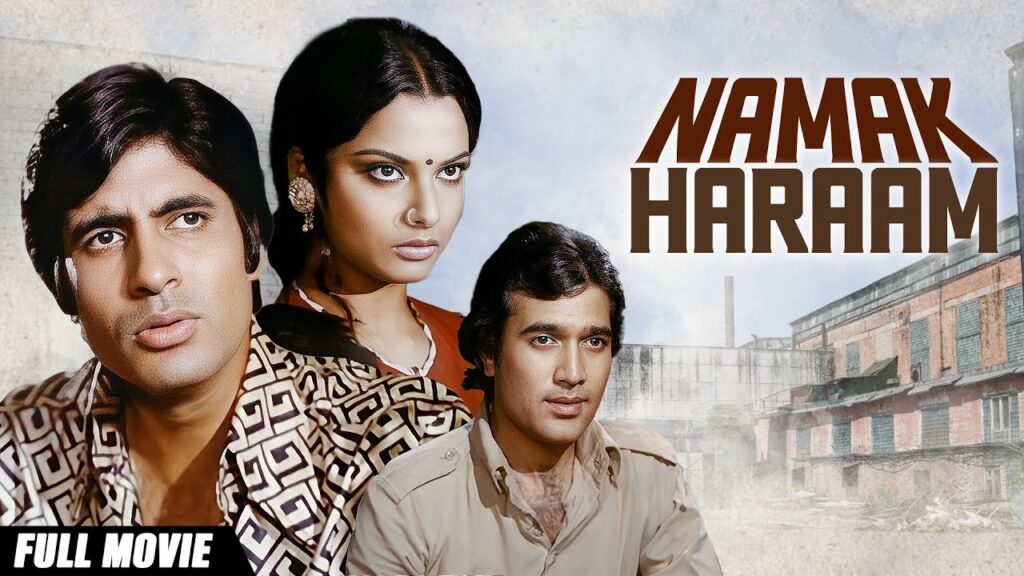
His Gujarati gems like Saat Qaidi (1986, dual Filmfare wins) earned state honors, proving his pan-Indian appeal.
Epic Scenes: Asrani’s Moments That Defined Bollywood Comedy Forever
Asrani didn’t just act; he ignited screens with sequences that became cultural shorthand. His genius lay in blending physical comedy with razor-sharp dialogue, often drawing from Chaplin-esque satire. Here are five epic Asrani scenes that still evoke belly laughs:
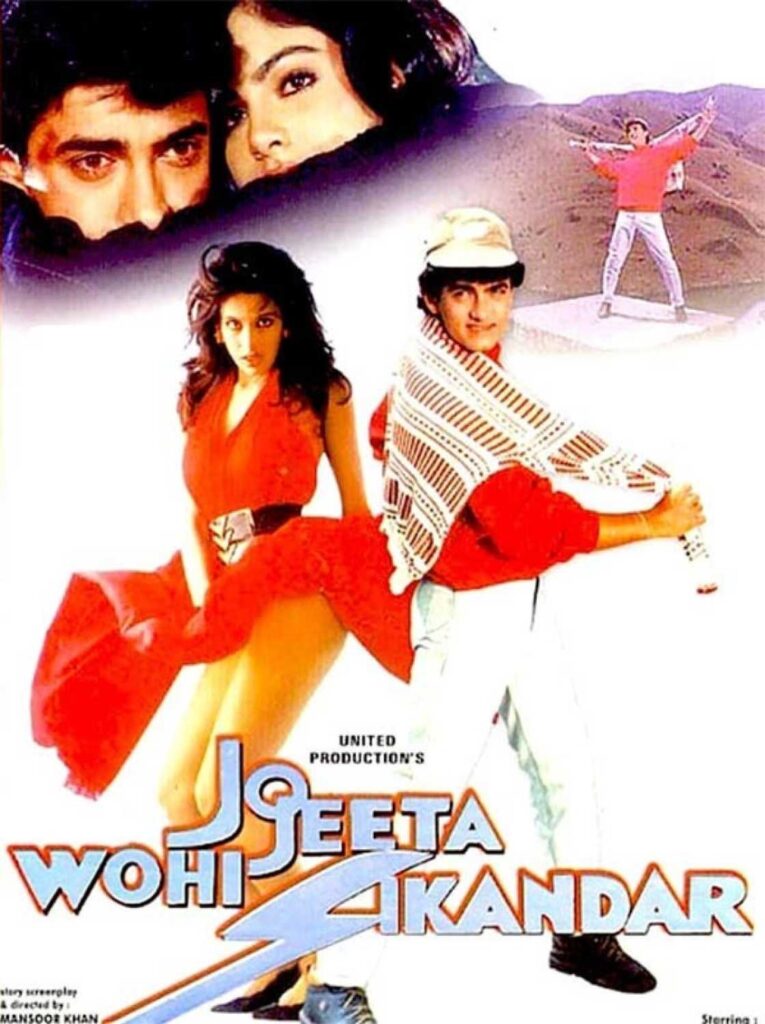
- Sholay (1975) – The Jailer Monologue: Mimicking Hitler’s goose-step from The Great Dictator, Asrani’s jailer barks, “Hum angrezon ke zamane ke jailer hain!” while dividing prisoners: “Aadhe idhar ke aadhe udhar!” The scene’s absurdity – strict drills in a chaotic prison – turned a cameo into legend, scripted by Salim-Javed for thunderous applause. It’s quoted in memes, ads, and everyday banter, embodying Sholay’s timeless allure.
- Chupke Chupke (1975) – The Impersonation Mix-Up: As botany professor Prashant Kumar pretending to be “Sharma ji,” Asrani juggles identities with Dharmendra and Amitabh Bachchan. His panicked “Main toh sudh budh khoyaa re!” amid escalating lies is pure Hrishikesh Mukherjee farce – a masterclass in escalating confusion.
- Hera Pheri (2000) – The Bank Manager Meltdown: Revived by Priyadarshan, Asrani’s frantic banker panics over a kidnapping scam: “Yeh Babu Rao ka style hai!” His wide-eyed hysteria amid Paresh Rawal and Suniel Shetty’s chaos birthed endless “Hera Pheri” memes, proving his enduring comic edge.
- Namak Haraam (1973) – The Union Rally Rant: In a rare dramatic-comic blend, Asrani’s fiery yet fumbling speech to striking workers lightens the labor drama. His bond with Khanna shines, earning Filmfare acclaim for nuanced timing.
- Bhool Bhulaiyaa (2007) – The Ghostly Batukshankar: As the quirky priest, Asrani’s “Bolo Hari Hari!” exorcism devolves into slapstick with Akshay Kumar. The haunted haveli antics, blending horror and hilarity, showcase his late-career versatility.
These scenes – from Aaj Ki Taaza Khabar’s newsroom satire to Garam Masala’s airport frenzy – highlight why Asrani was the “King of Comedy.” His dialogues, like “Arre o Sambha, kitne aadmi the?” echoes, live on in pop culture.
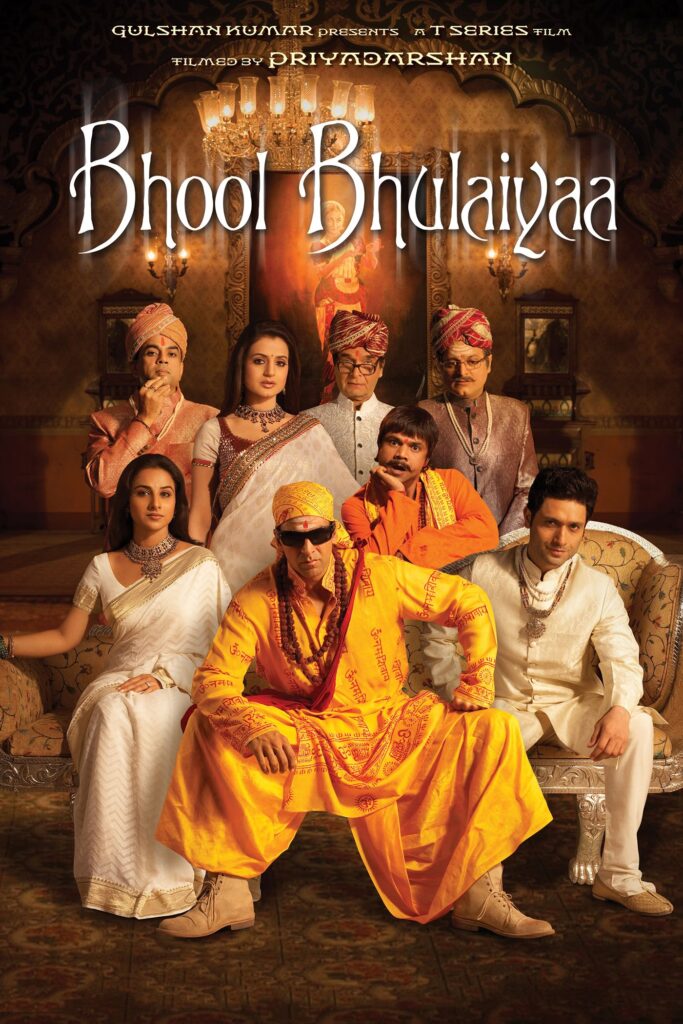
Heartfelt Condolences: Tributes from Bollywood and Beyond
The outpouring of grief underscores Asrani’s warmth. Akshay Kumar, his frequent co-star, wrote: “Speechless with grief… Bahut pyare insaan the,” recalling a recent Haiwaan shoot hug. Anupam Kher called him a “true icon,” while Ramesh Sippy lauded the Sholay fit: “He struck the perfect note.” Cricketer Shikhar Dhawan echoed: “A true icon of Indian cinema.” PM Narendra Modi praised his “stellar performances” in Sholay and Guddi.On social media, fans shared clips: “O ho Asrani passes away, very sad,” lamented one, while news handles trended #Asrani with Sholay tributes.
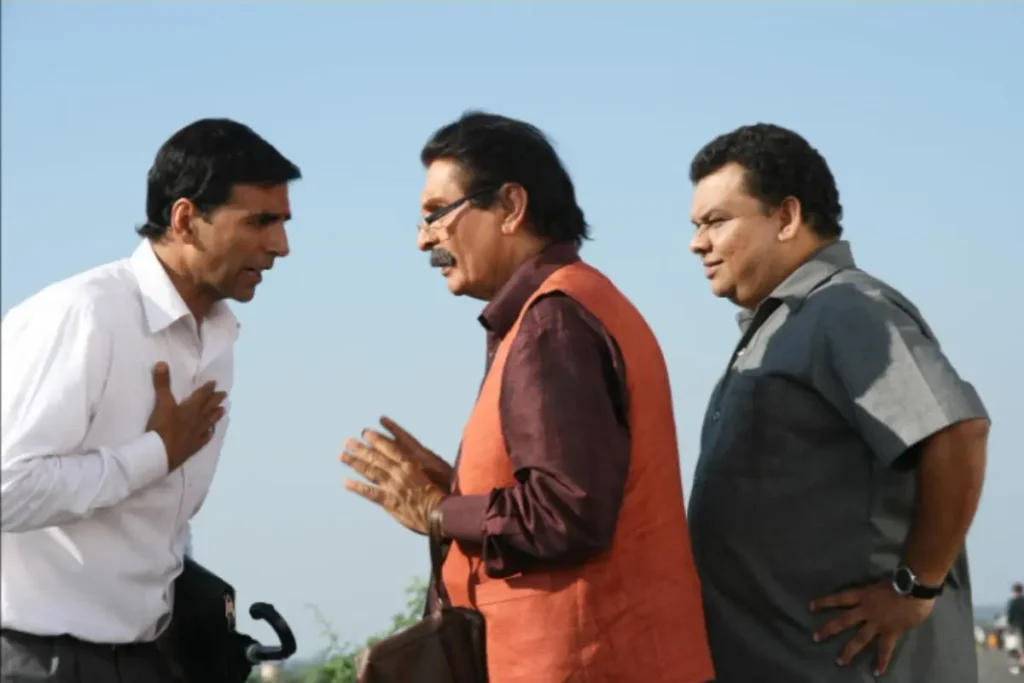
Condolences from YTC Ventures and Technocrat Magazine: Honoring a Timeless Entertainer
In this hour of profound loss, CampSuggest Cloud Media and Technocrat’ Magazine extend their deepest condolences to Asrani’s family, friends, and the entire Bollywood community. Asrani wasn’t just an actor; he was the heartbeat of joy in Indian storytelling, turning ordinary moments into extraordinary memories.
His legacy of laughter – from the dusty jails of Sholay to the bustling boardrooms of Hera Pheri – will inspire creators like us to infuse every project with heart and humor. We stand with you in grief, celebrating a life that lit up screens and souls alike.
Rest in peace, Asrani ji – your comedy was eternal. Om Shanti.Asrani’s void in Bollywood is immeasurable, but his films ensure the giggles endure. In a world craving levity, he reminds us: Laughter is the ultimate rebellion. What’s your favorite Asrani moment? Share in the comments below.

Comments